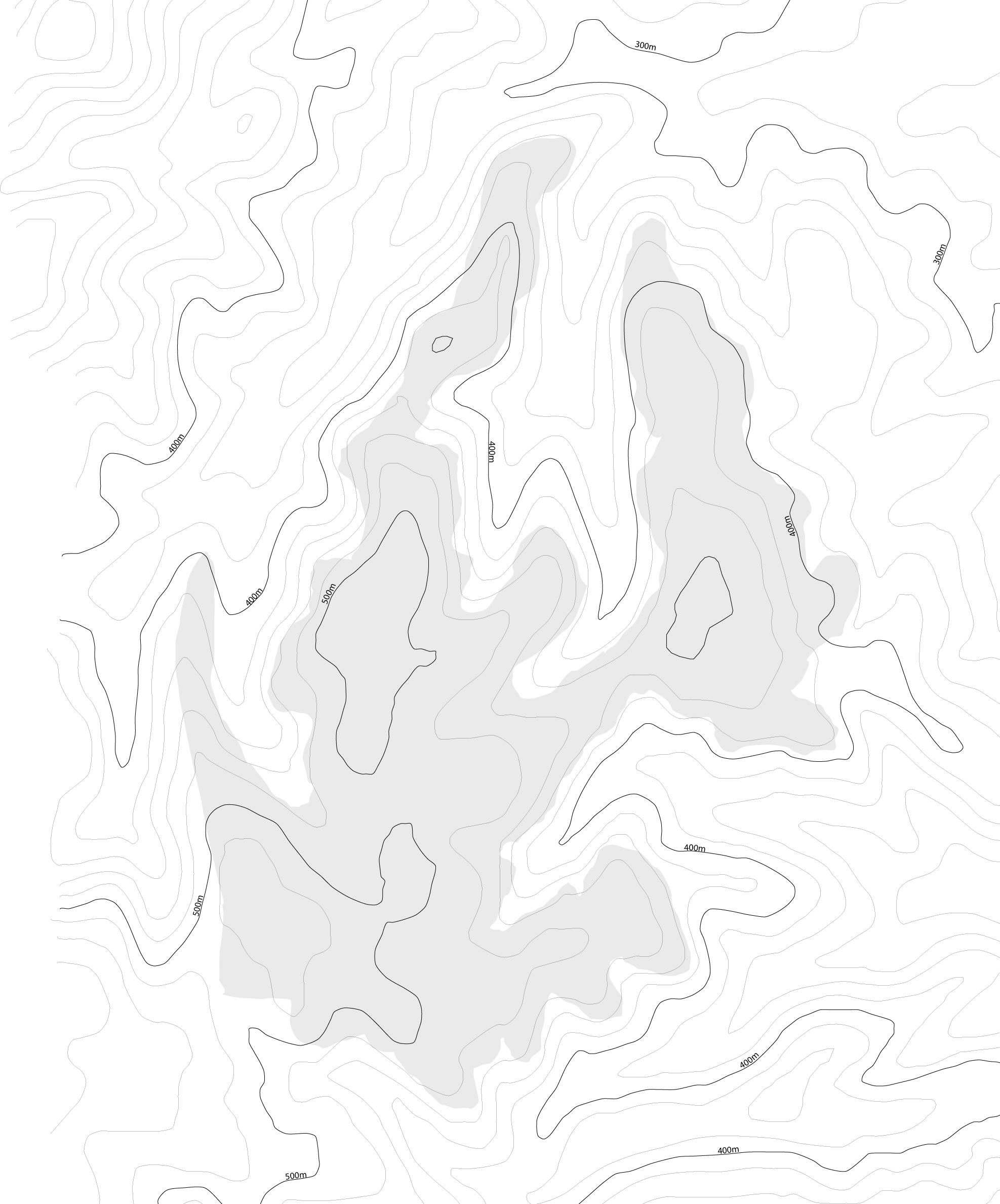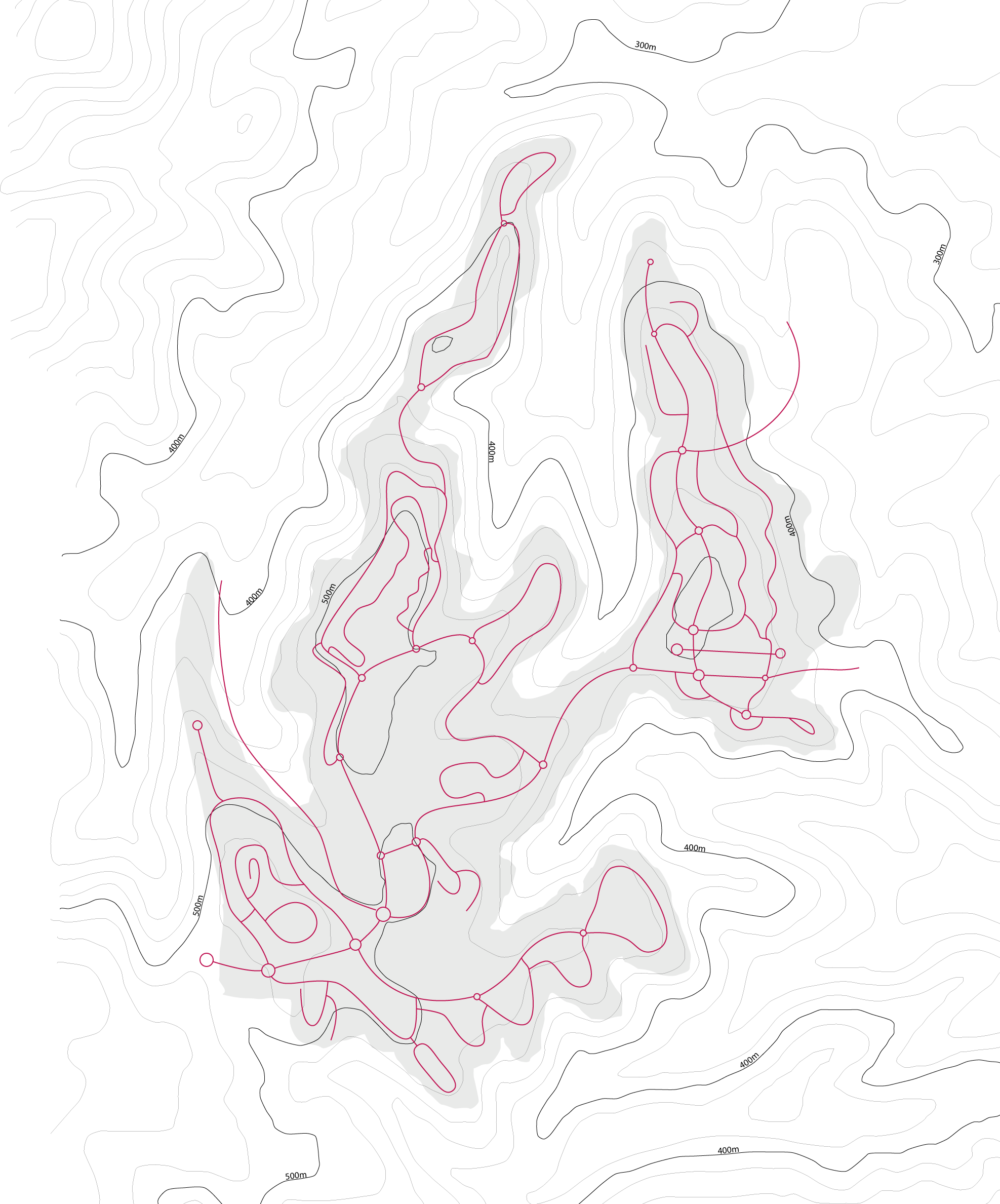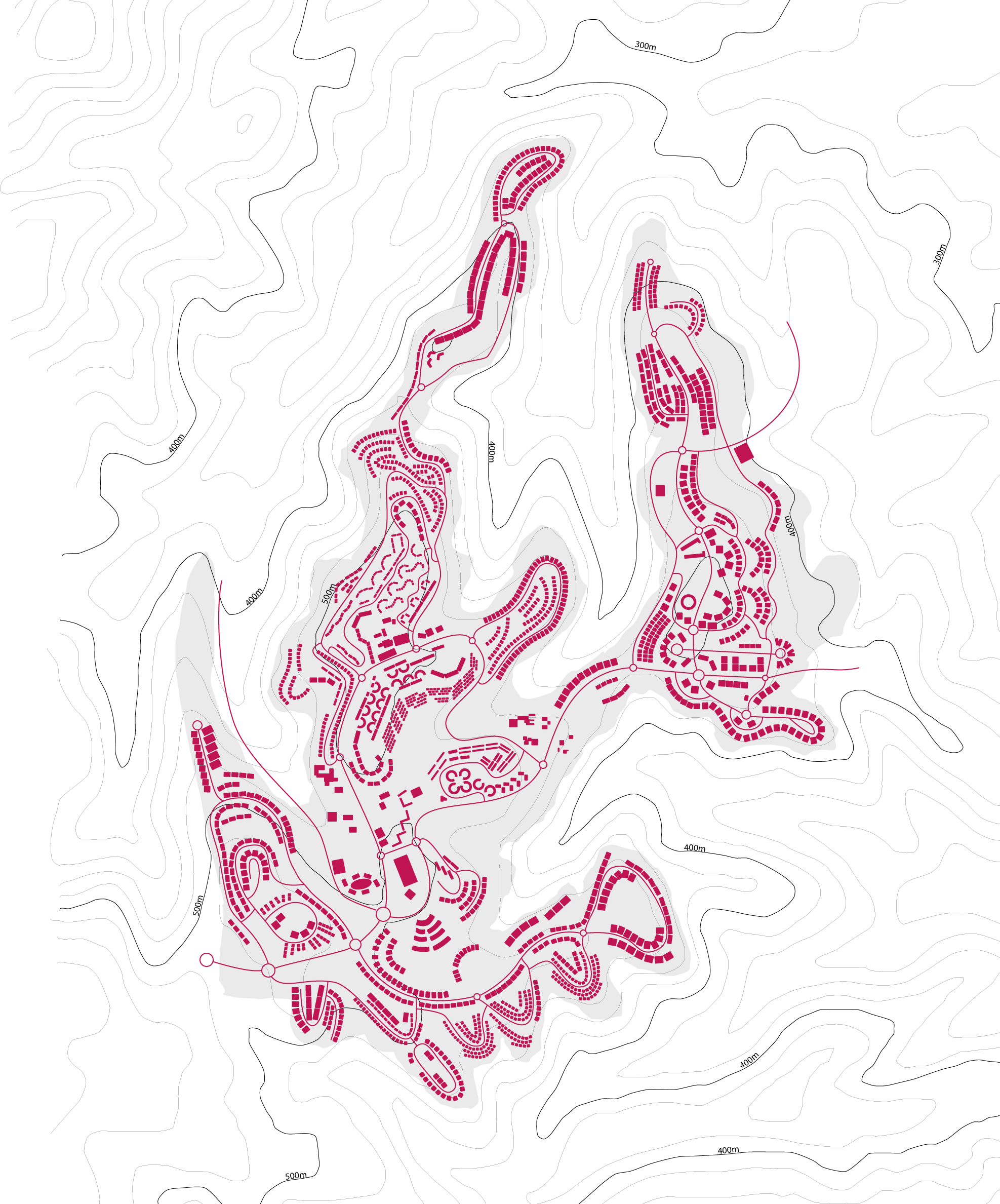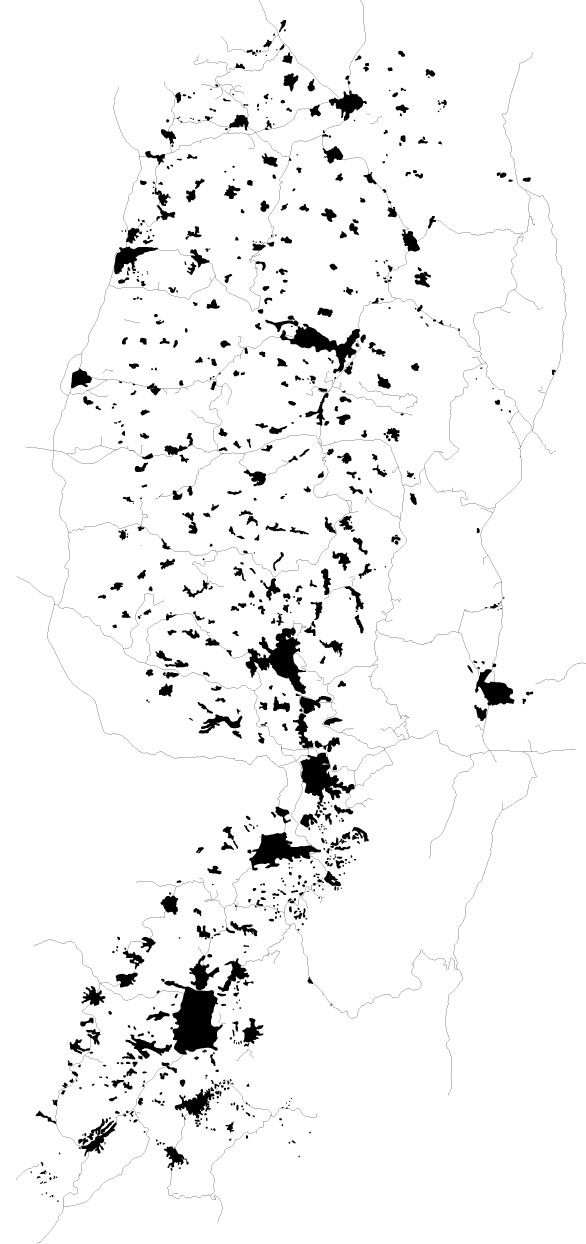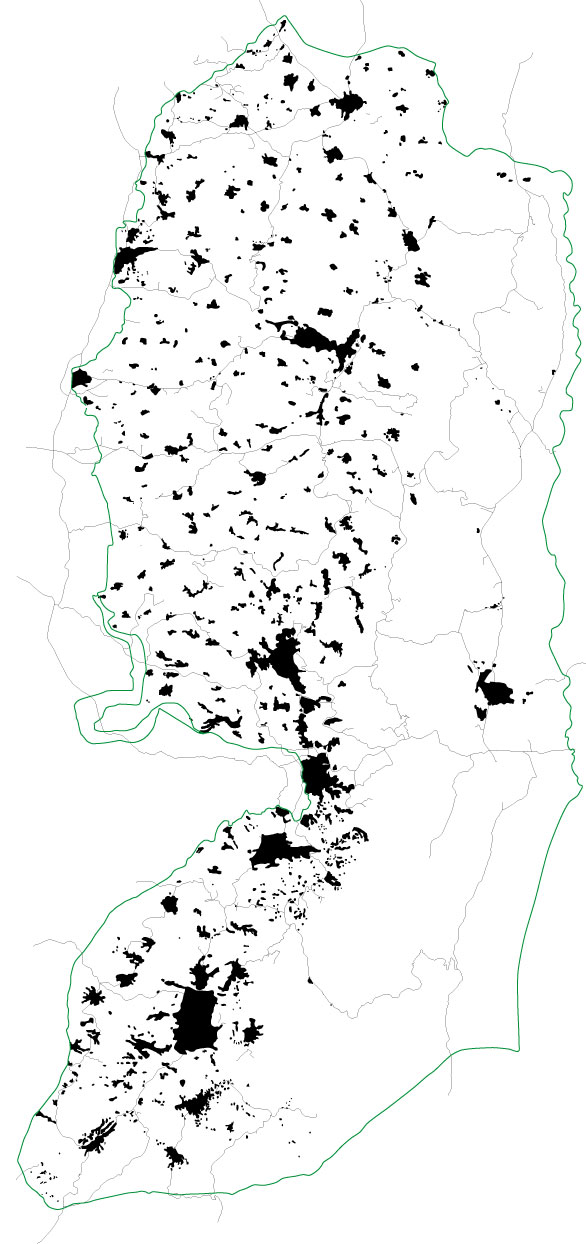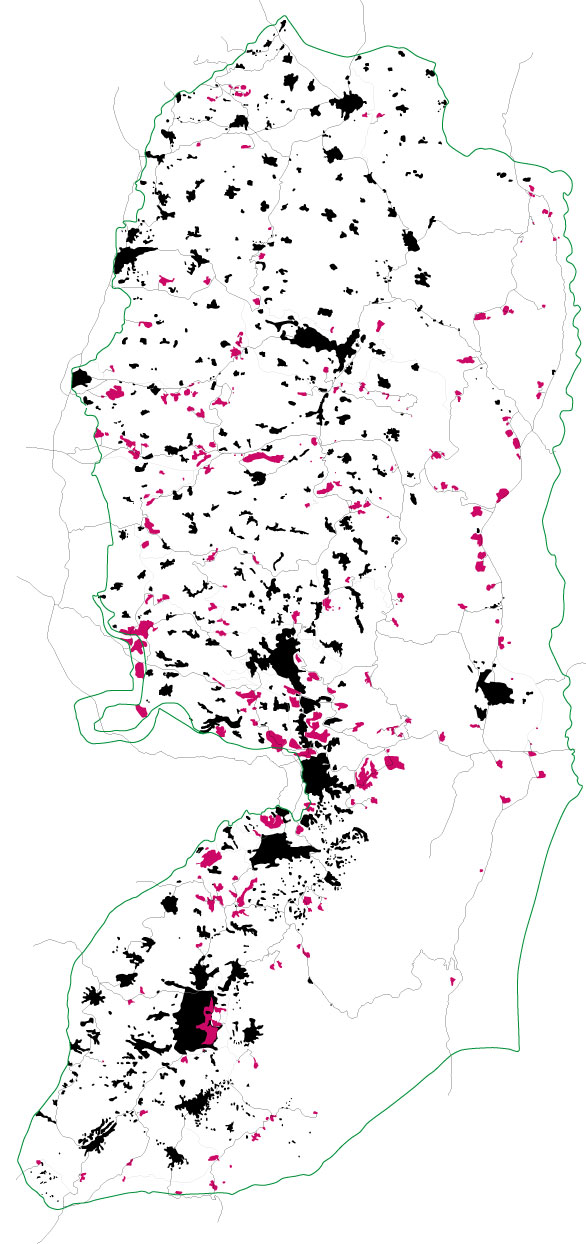




Ma’ale Adumim, established by 23 families and six individuals in 1975 on the second
night of Hanukkah, is a beautiful, modern city in Judea that lies along the ancient
route from Jerusalem to the Jordan Valley. It is located seven kilometers (4.3
miles) east of Jerusalem on the edge of the Judean desert.
Not only does the city have good planning; it has natural beauty as well. The
exquisite scenery includes the hills of Jerusalem to the north and west, and
breathtaking desert mountains southward and eastward.
With its clean air, beautiful parks and close proximity to the capital, Ma’ale
Adumim has become a desirable location. There are clubs and activities for young
families as well as for seniors. The city is home to a mixed population of religious
and secular, Ashkenazim and Sephardim. It offers a good quality of life, boasting
many amenities, including a community center, sports complexes, malls, culture,
entertainment, a public library and state-of-the-art transportation, medical and
emergency services.



This is a mountainous area - its morphology resembled the open palm of a hand. When I made the first sketch I placed the town center in the ›middle‹, and the neighborhoods on the ›fingers‹. The areas in between - the valleys - remained open and untouched, leading directly to the heart of the town. The houses were terraced, without pilotis, and all the pedestrian routes connected to the green areas without crossing the main roads. It was a very simple scheme—a ring, with those living inside it never having to cross the internal roads. This created a very safe environment for children.



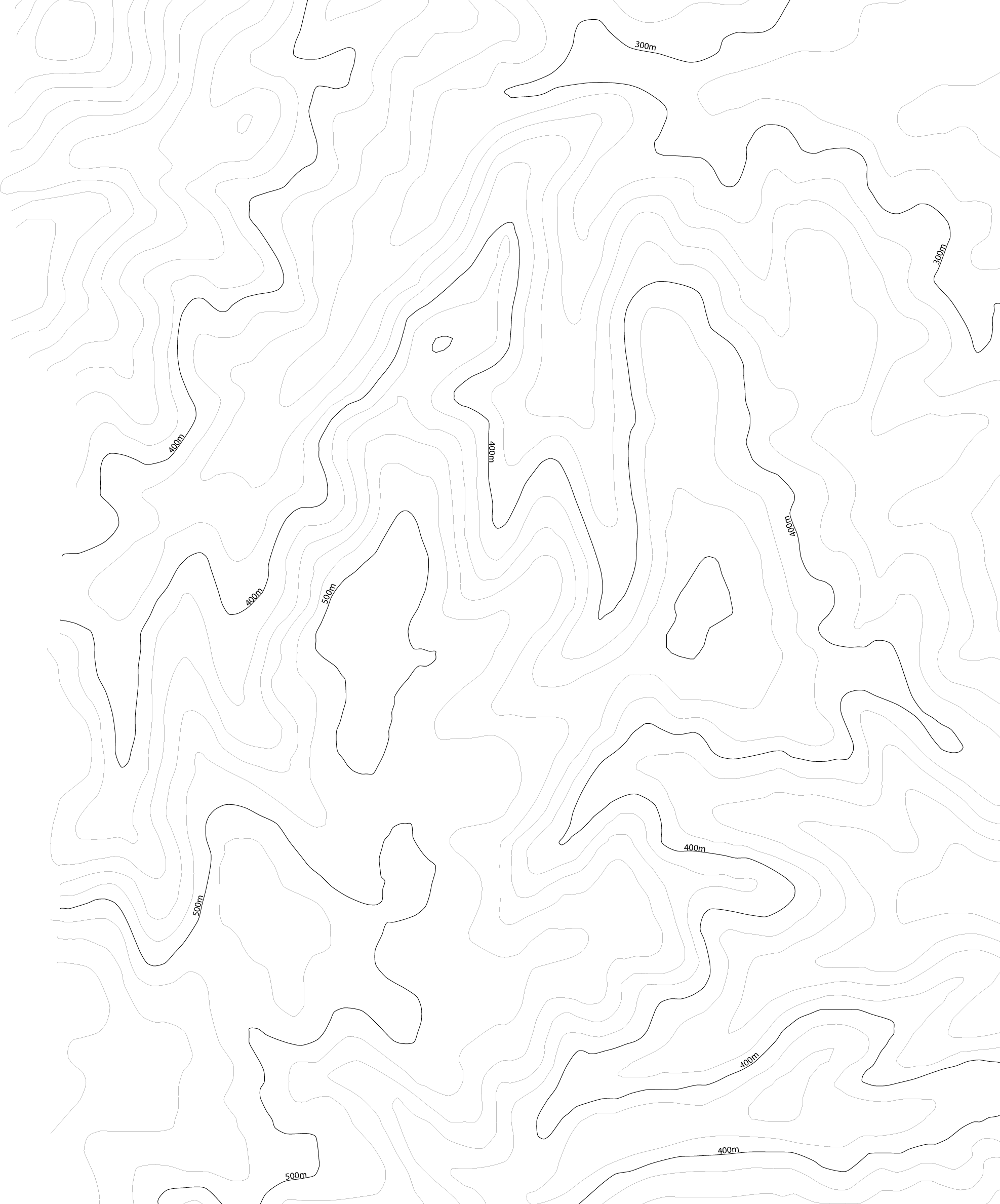























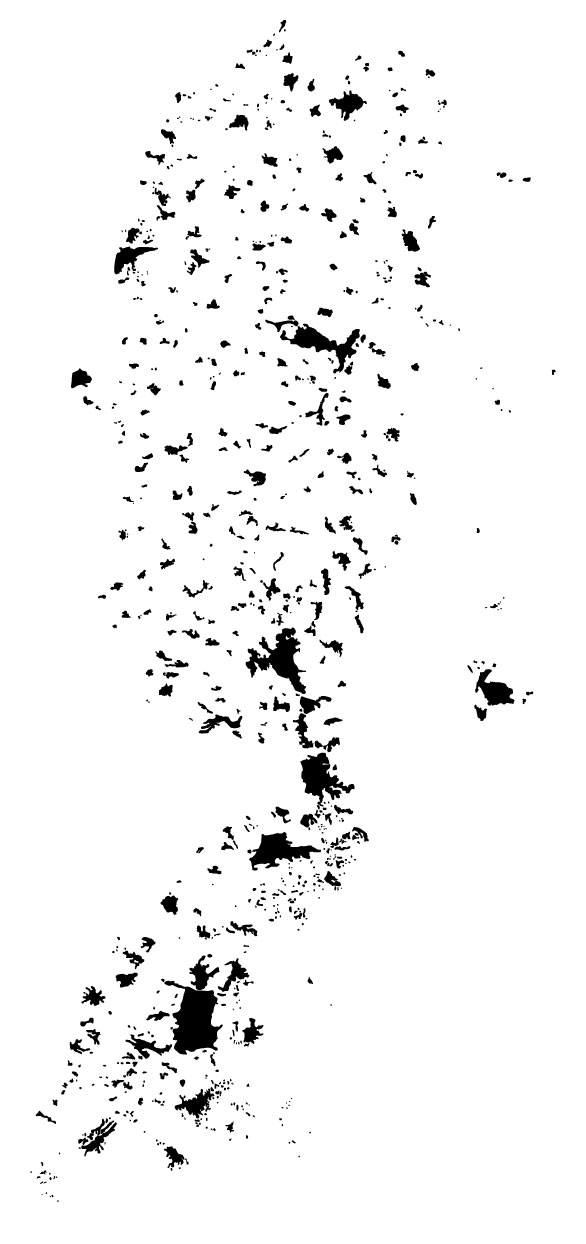



High ground offers three strategic assets: greater tactical strength, self-protection and a wider view, which are principles as old as military history itself. Like the Crusaders’ fortresses, some incidentally built on the West Bank summits, settlements operate through the reinforcement of strength already provided by nature. The settlements are not only places of residence, but create a large-scale network of »civilian fortifications«, generating tactical territorial surveillance in the state’s regional strategic defense plan. But unlike in the fortresses and military camps of previous periods, the actual fortification work is absent in the settlements. Up until recent times, only a few mountain settlements were surrounded by walls or fences, as settlers argued that their homes must form a continuity with »their« landscapes, that they were not foreign invaders in need of protection, but rather that the Palestinians were those who needed to be fenced in.
























